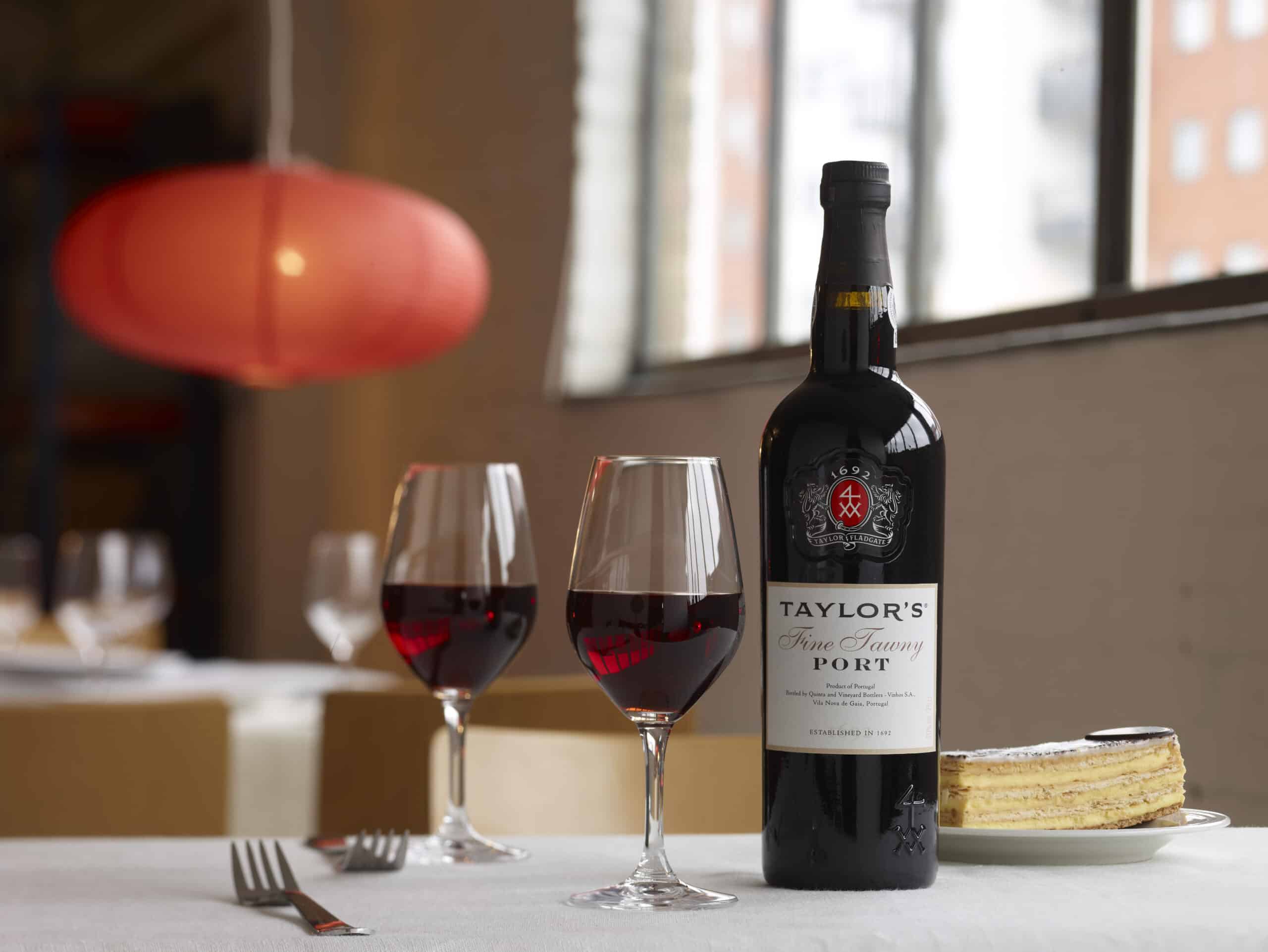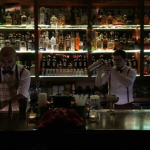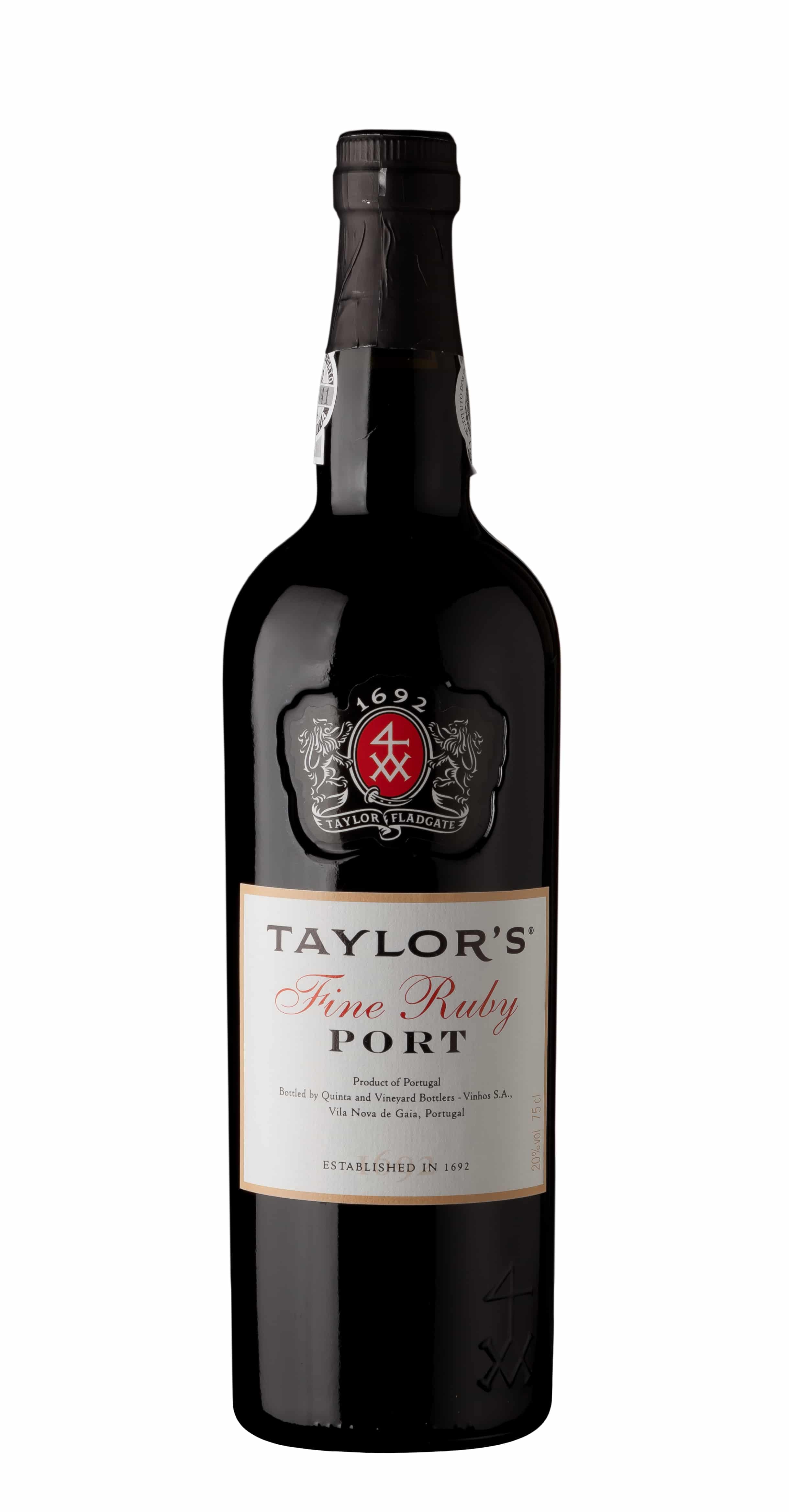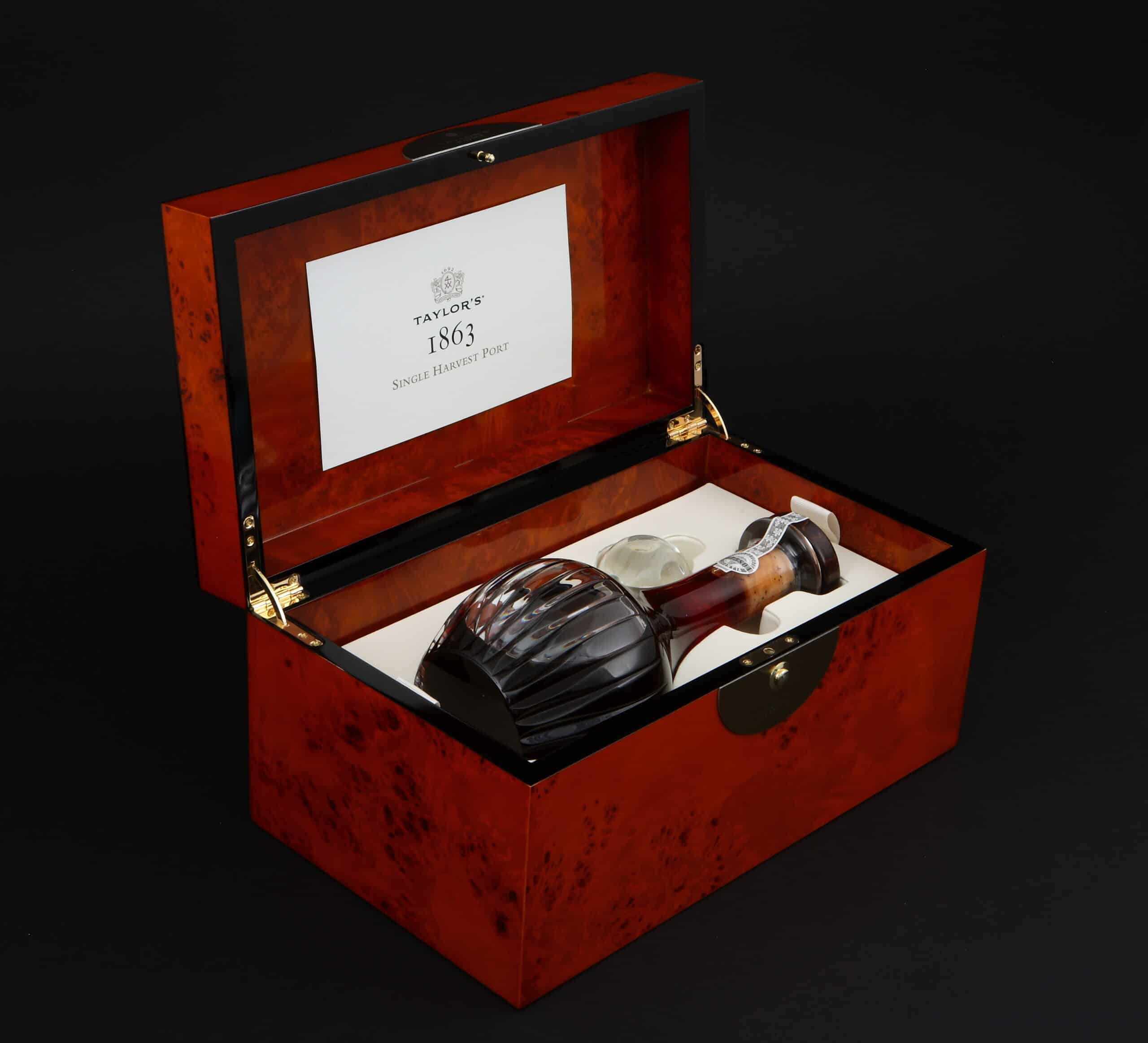The Lisbon Cocktail Week closed its 1st edition days ago. Ten days with over 50 bars offering special cocktails at special prices. And the city was in a special vibe after 5pm when all of us could try the magic mixes with or without alcohol, lots of them created for the occasion. There were bars, which invited public figures to learn the technique of properly handling the cocktail shaker, attracting the crowds with great music, lots of live performers a little everywhere. The event was inspiring, kind of a novelty in a country that usually chills out with either a beer, some wine or, take a guess…….a glass of Port.
My newsletter is about Port, honoring its distinct and prestigious place it is holding for over 300 years in wine history, not only in Portugal. The unique wine continues to be re-discovered in the new millennium by new and young consumers. The reason is simple: to drink a Port requires no special occasion and no special accompaniment – it just IS PLEASANT ANYTIME! Drink it neat or use it as a main ingredient for cocktails, its opulent flavors and its round and velvety texture gives both classic and modern cocktails enticing aromas, an alluring character and robust body. There is a lot of history around Port aside the fact that it consists of being a family with various categories. Let me present them, so you know them when enjoying them. Port is above all classified by color, is either white or red, as are other wines. Red Port is without any doubt the most famous one. Both are higher in alcohol than normal wines, caused by the addition of distilled grape spirits, a kind of brandy, resulting in wines with 19 to 23% of alcohol.
The family of White Ports consists of two very different types of wines. Above all there are the young Whites, sold quite immediately after they have been produced. Young Whites are drunk as an aperitif mainly, served with a slice of lemon and ice, with tonic water or just chilled. The old Whites on the other hand, are the ones that have aged in wood, are much more oxidized and generally drunk after the meal, dessert wines. Both Whites are completely different in style and in their aromas. Whereas the young Whites are inexpensive, the old Whites are rare, prestigious and expensive, competing in their complexity with aged Red Ports, Old Tawnies. The family of Red Ports, the overwhelming majority of Ports, is made from red grapes and divided into following sub-categories: Ruby, Reserve Ruby, Tawny, Reserve Tawny, Tawny with an indication of age, Late Bottled Vintage (or LBV Ports) and Vintage Port, the jewel in the crown.
The Ruby Ports, red wines with the color of the precious stone ‘ruby’, are young wines, kept in very large wooden vats or even stainless steel tanks, that are practically never aired, in order to retain the bright red color and the characteristics of young wine. Ruby Ports are wines that must be drunk young, they are fresh in the mouth and are sold at an average age of three years. Always delightful to drink, they represent excellent value for money. Reserve Ruby Ports is the superior category, more full-bodied and more concentrated than a standard Ruby, they have some of the character of Vintage Ports. Hence, any Reserve Ruby is an excellent choice out of the medium-priced Ports, as they have an overall high quality standard. Tawny Ports are wines aged in wood. When not accompanied by any other designation, Tawny Ports correspond to standard young wines, are an average of three years old and to be drunk within one or two months once the bottle opened. Reserve Tawny Ports, in difference, are sold when between five and seven years old. They are wines easily drunk, quite fruity, some of them already revealing hints of dried fruit on the nose and therefore pleasant at the end of a meal. These wines neither, they do not improve in the bottle and should not be kept for storage. Tawnies with an indication of age, 10, 20, 30 or more years, have aged in wood through oxidation over the indicated years. The color of 10 Year Old Ports is usually one in transition from red to a golden reddish brown, the latter being the characteristics of oxidized wines. Their market price is generally cheap for the quality of the wines they are. Winemakers have taken great care of them over the years, are masters in the art of blending and at the expertise when identifying the right aromas in the young wines. The date of bottling must be indicated either on the front or back label. Buy the bottle with the most recent date and drink it without too much delay.

Vintage Port is made when Mother Nature made it all perfect and a set of factors have come together: flowering of the vines occurred without any problems, the fruit set has not been affected neither by frost nor by hail, the grapes ripened over the usual 40 days without suffering any great differences in temperature, there was enough water in the subsoil to feed the vine during the hot summer months, the grapes attained an excellent state of maturation at the time of the harvest and the September rains caused no rot! If all this was the case, the wine producer can choose to declare his wine Vintage.
The classification as Vintage requires bottling of the wine between the 2nd and 3rd year after it is made, more specifically between July 1st of the 2nd year and December 31st of the 3rd year. This lapse of time permits the producer to be sure that the wine will correspond to the superior quality requirements of Vintage wines, the two winters and one summer being the time for observing the evolution of it. This is where his brand’s reputation is at stake! The year the majority of Port producers declare it as being Vintage, the resulting Ports are called Classic Vintage Ports. Usually 10 to 15 years after the harvest, the aromas of Vintage Ports open up with a burst of ripe fruit and a complexity, which is the heart of these unique wines, unequalled worldwide.
There is a 2nd part dedicated to Port to be published in one of the next Newsletters, as the story of Port is complex and interesting. Will also present you the cocktail voted by the jury and the public to be ‘The Best’ at this year’s Lisbon Cocktail Week.
by Nina Spinnler from Portugal





